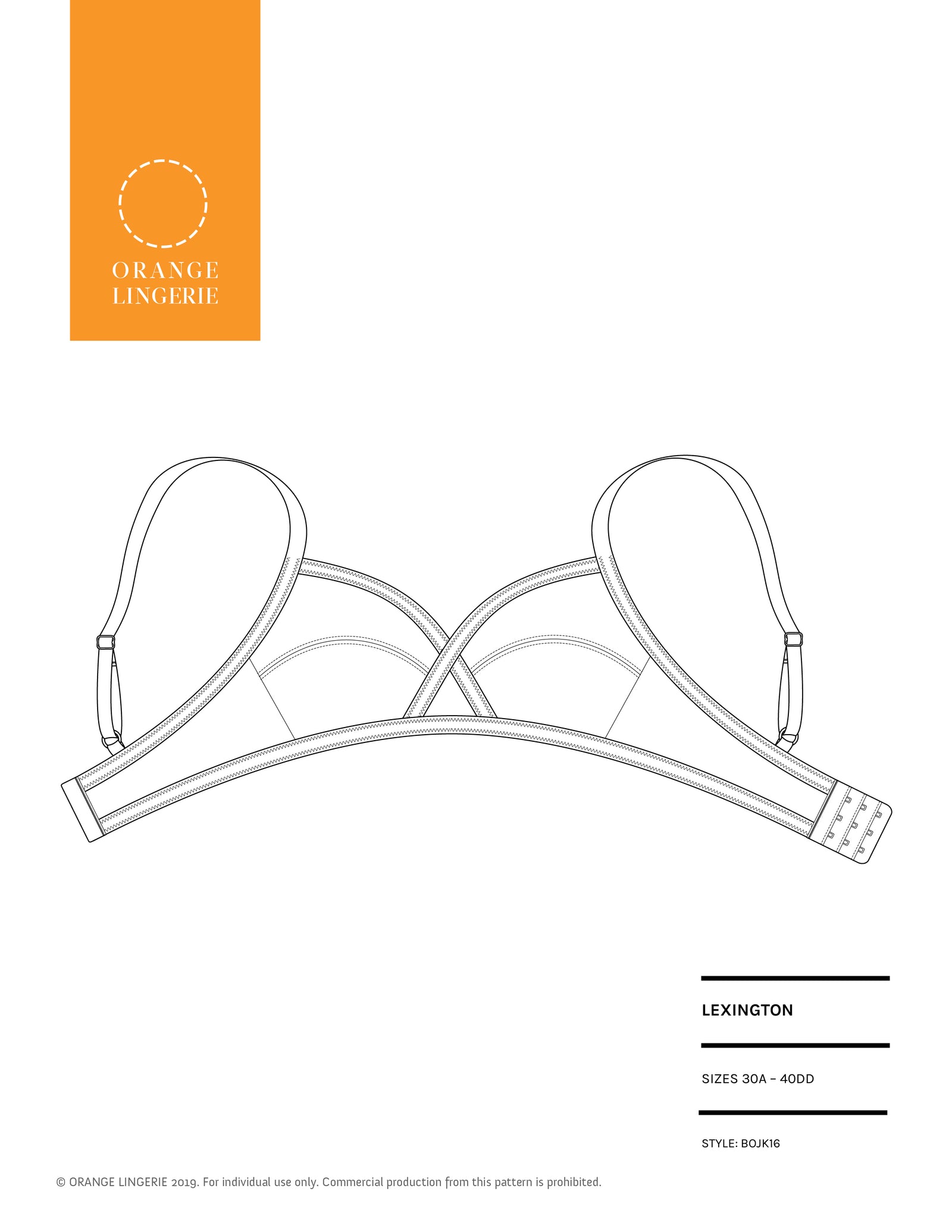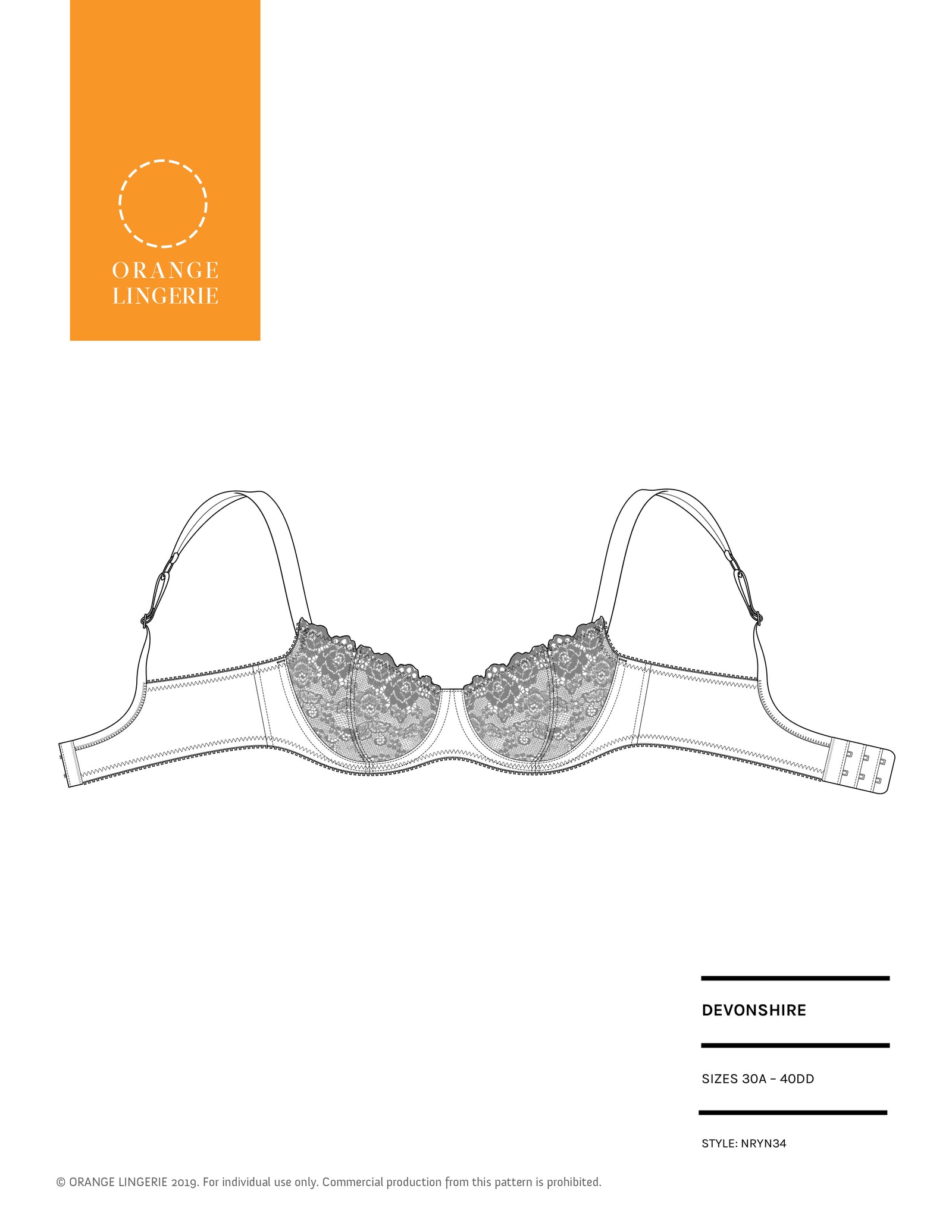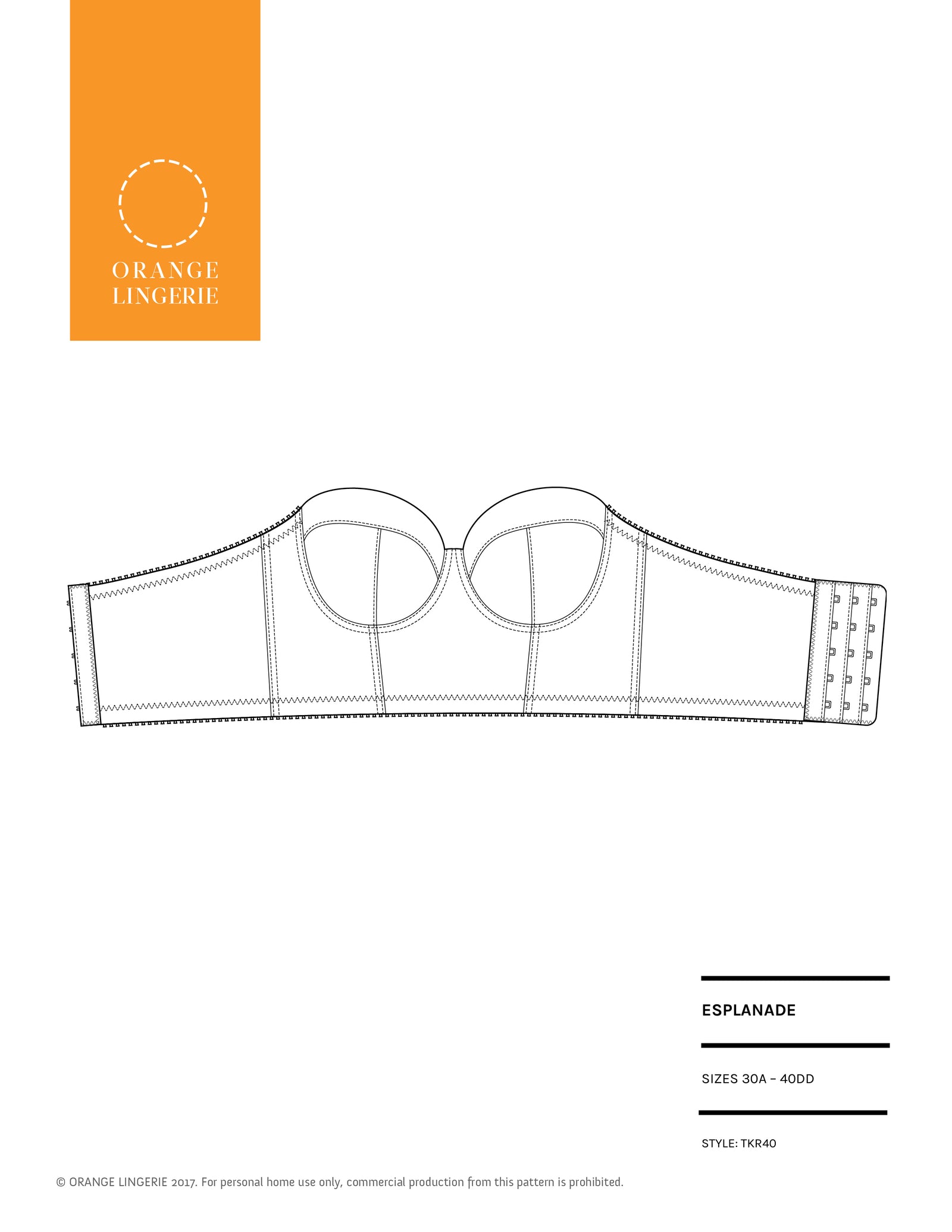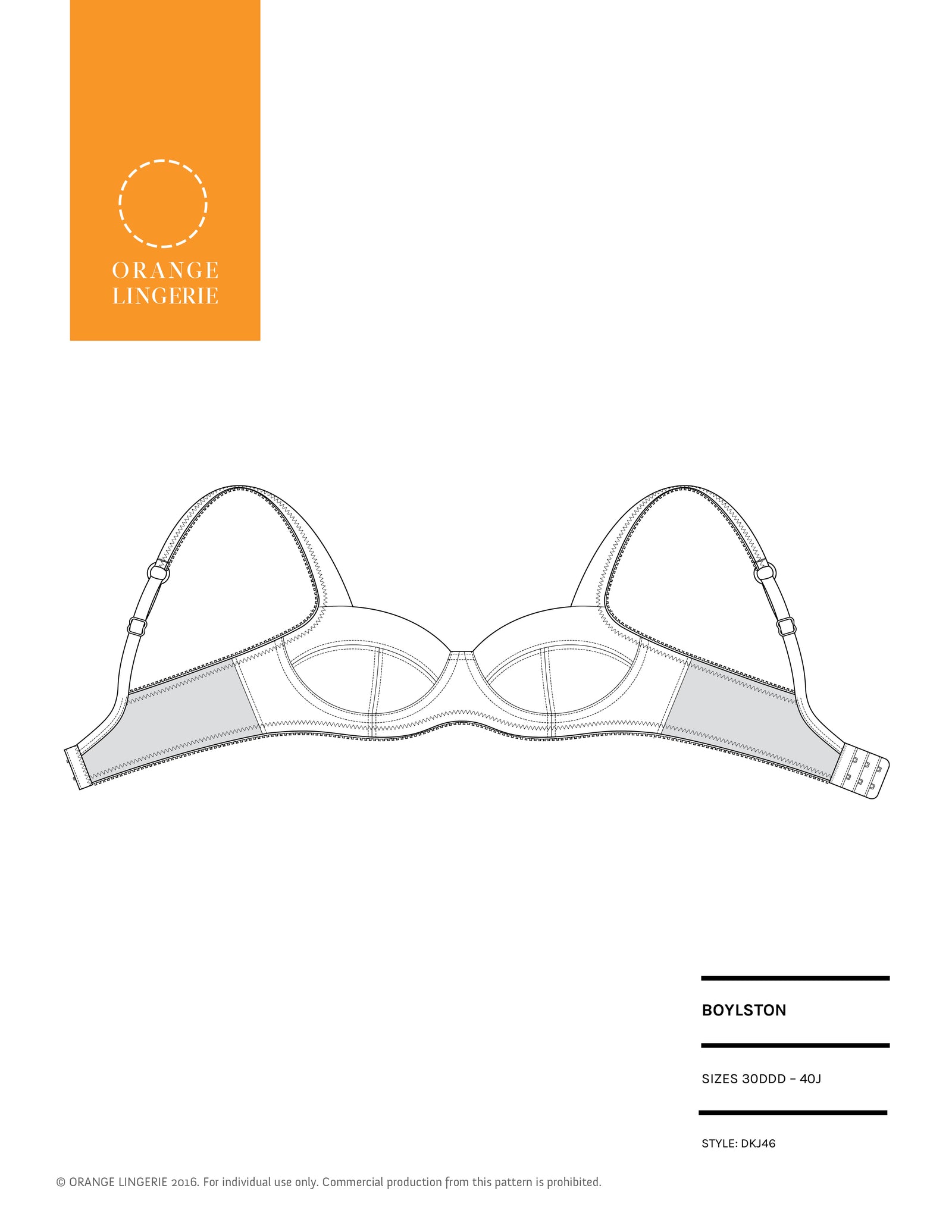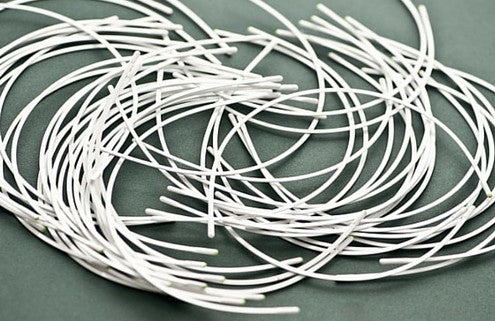
Since writing my book, I have come up a new and improved way to cut underwires. There is nothing like having a large supply of long wires when I want regular wires to find a better way! Lucky for me I love tools and I was able to draw upon the skills I learned waaaay back when I worked in a hardware store. This method is really fast and easy and leaves no “Goop-y” reside.

First, assemble the tools:
- Sharpie (fine tip)
- Table Vise
- Eye protection (yes, you need this!)
- Wire cutter
- Dremel (optional)
- 1/16” heat shrink tubing
- Hot air gun (a really hot hair dryer *may* work in a pinch)

Now to cut the wires:
- Use the sharpie to mark where you want to cut the underwires. Be sure you mark each side the same!
- Put on your eye protection to prevent cut wire from flying into your eyes – it could happen, why risk it?
- Put a wire – one at time – into the vice. I cut one at a time for the cleanest most accurate cut.
- Cut the wire at the sharpie mark using the wire cutter. Repeat for the second wire.

5. Use a Dremel tool to smooth the cut edges of the wire. You don’t need to do a lot here, just smooth out the cut edges and rough up the surface around the tip so the tubing will have a surface it can stick to. If you don’t have a Dremel tool, you can use a metal file.
6. Place a short length of the electrical tubing on the wire so that it extends over the cut wire tip and down the wire itself by roughly ½”.
7. Aim the heat gun at the tubing and watch it shrink wrap to the wire.

8. Wait a second and while the tubing is still warm, pinch any excess together firmly and then fold the excess over the wire. Be careful not to touch the wire with your hands when you do this. It will be hot!
I really like the ease and speed of this method. No waiting for sealed tips to dry and the seal is tight and lasting. While I have used this technique on spiral steel boning for smaller sizes, I have to admit that it makes me a bit nervous. I don’t like wondering if the tubing will hold up under extreme pressure. I recommend sticking with the more traditional steel re-tipping when cutting boning to a custom size.
Note: I used affiliate links in this post so if you click through and make a purchase, I will be compensated.
